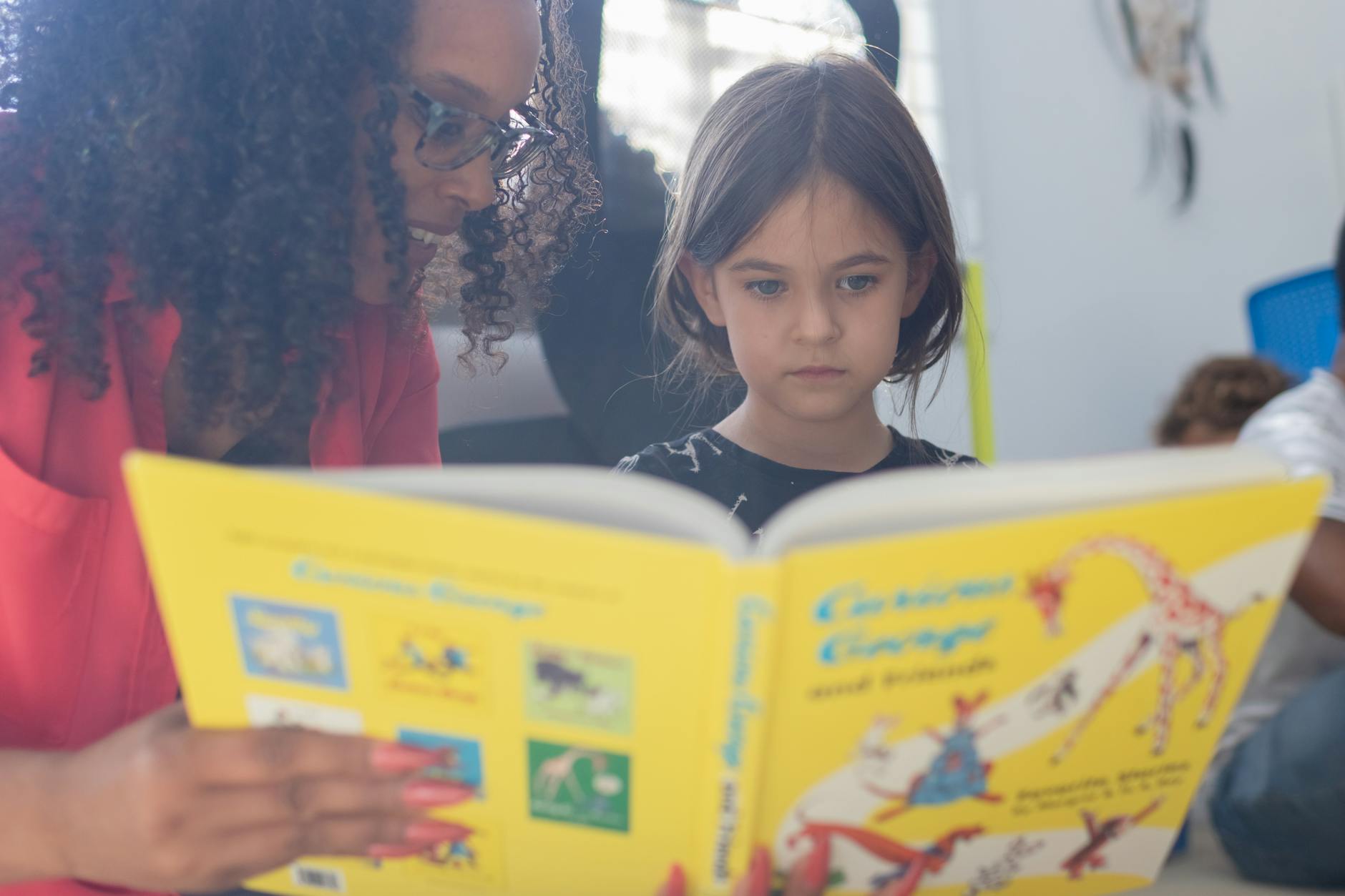For students with language disorders, could remote microphone systems help with speech and language comprehension, inclusion and participation, and academic success in class?
The big picture:
Mainstream classrooms are noisy. Many students with hearing challenges benefit from regular use of remote microphone (RM) systems. Research now suggests that RM systems might also help students with normal hearing who have language disorders, including students with Developmental Language Disorder.
Why noise matters so much:
- Background noise and reverberation affect all students’ abilities to pay attention, comprehend, and to learn from speech, which, in turn, affects academic performance.
- Children with language disorders are more affected by noise than students with typical language, especially when speech includes new vocabulary (such as academic vocabulary) and/or complex syntax (e.g. in multistep instructions and texts).
- Students with language disorders may be at a double disadvantage compared to peers:
- with more difficulties processing speech in any environment; and
- experiencing larger negative effects in noisy places.
RM systems:
- Mitigate some of the negative effects of noise, distances and reverberation.
- Work by placing a microphone at the mouth of the teacher (or other primary talker), then routing their speech signal directly to receivers worn at a student’s ears (which is more effective than routing the speech signal to speakers around the room).
- Include devices like the Phonak Focus II receivers, which can be coupled to Roger Touchscreen microphones.
- Are not always cheap or accessible.
Key takeaways:
Preliminary research suggests that:
- students with language disorders experience significant improvements in sentence recognition in noisy places when using an RM compared listening without an RM; and
- RM may be an effective intervention for students with language disorders where there is a single talker of interest (like a teacher).
We need more research before making a clinical recommendation that RM systems be purchased for children with language disorders.
In the meantime, we should look at practical ways to reduce background noise and reverberation in classrooms, recognising this is easier said than done!
Tools to try:
Go deeper:
Remote Microphones Support Speech Recognition in Noise and Reverberation for Children With a Language Disorder (open access).
Read more:
“I can’t hear myself think!” The compelling case for quiet classrooms
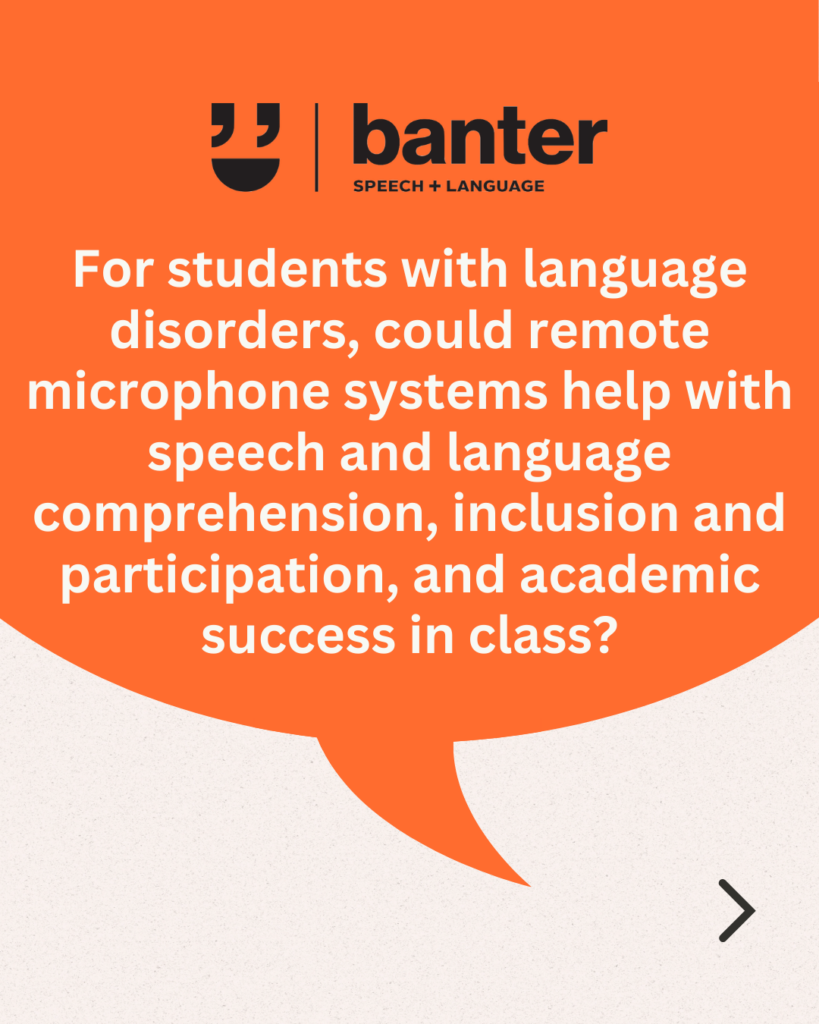
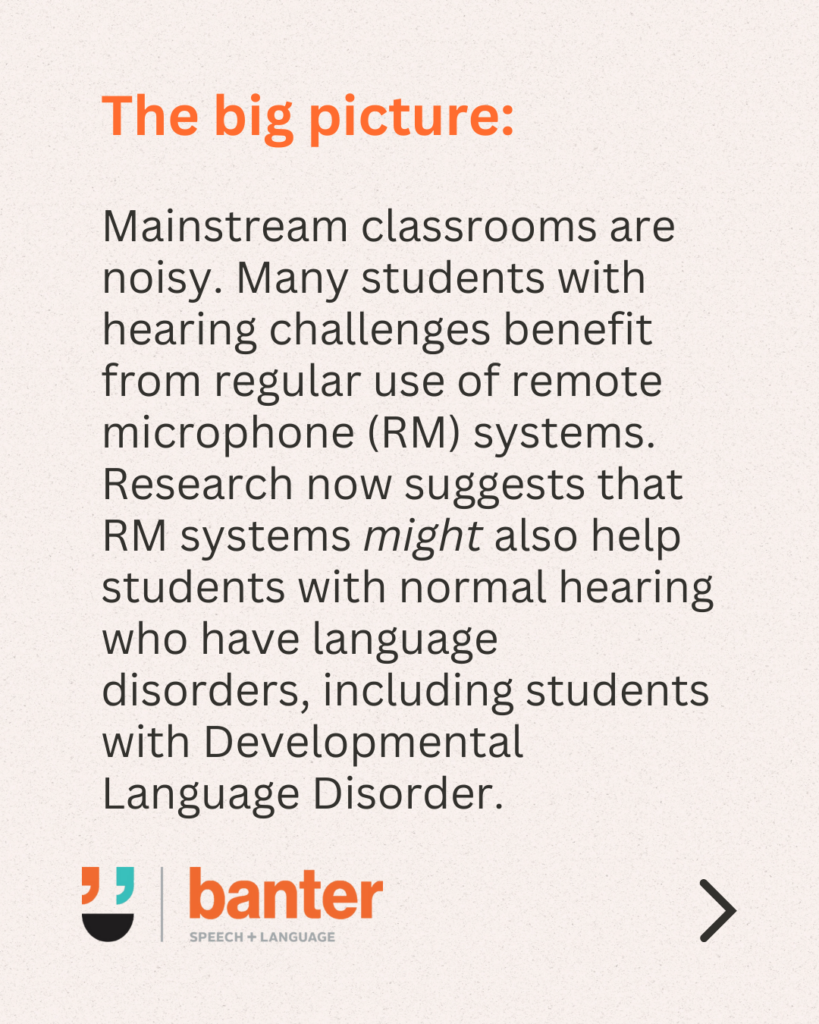
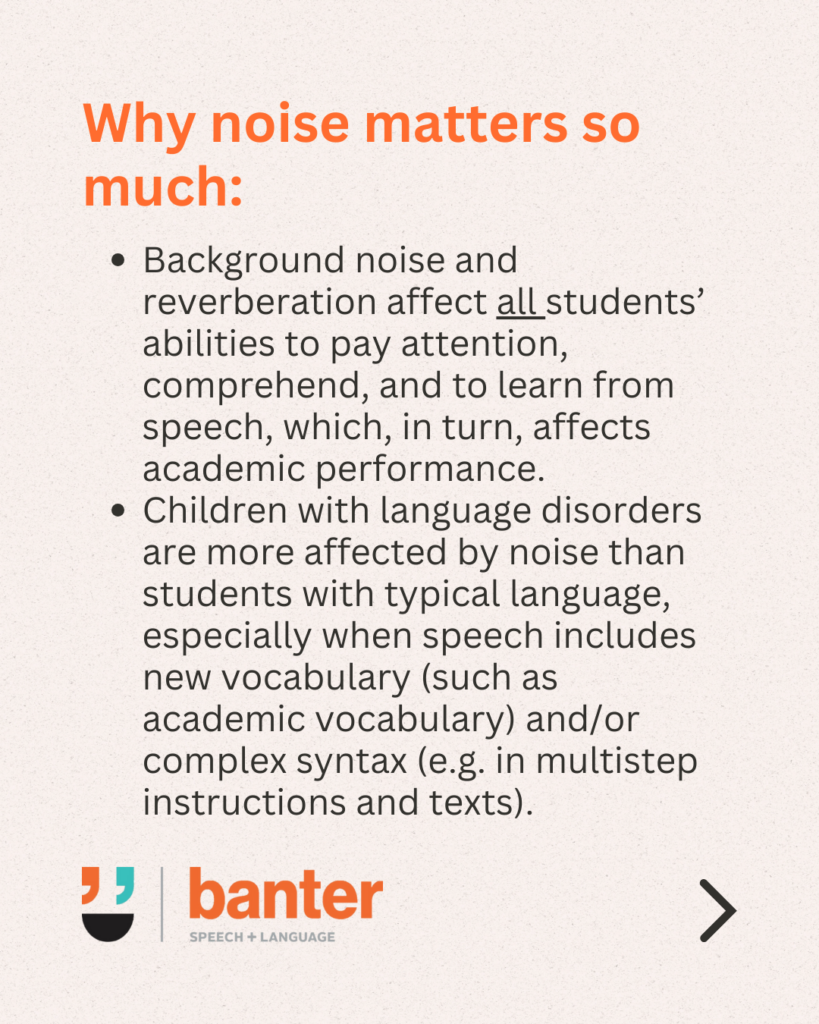
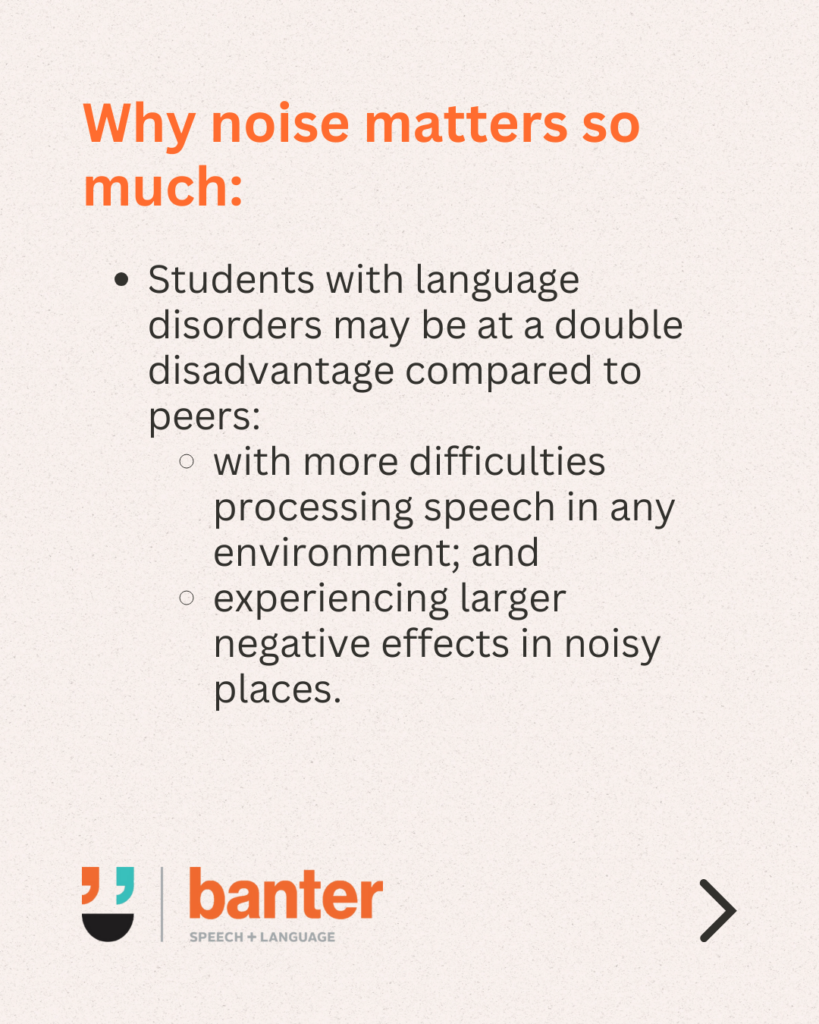
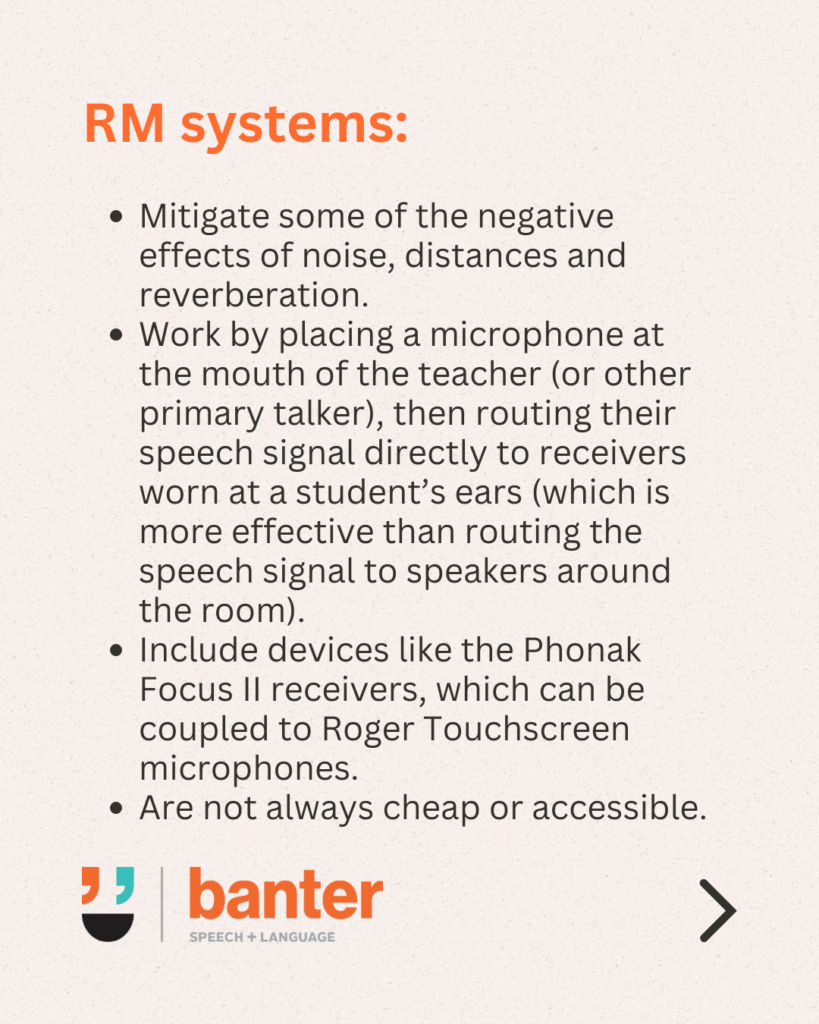
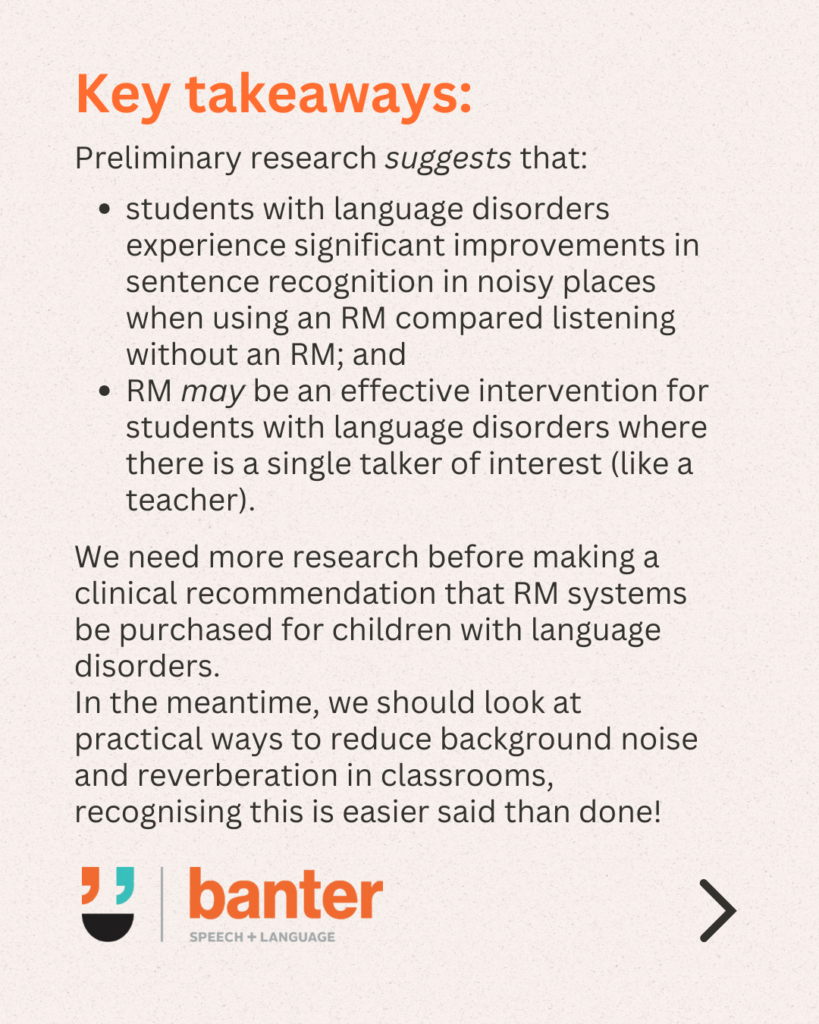
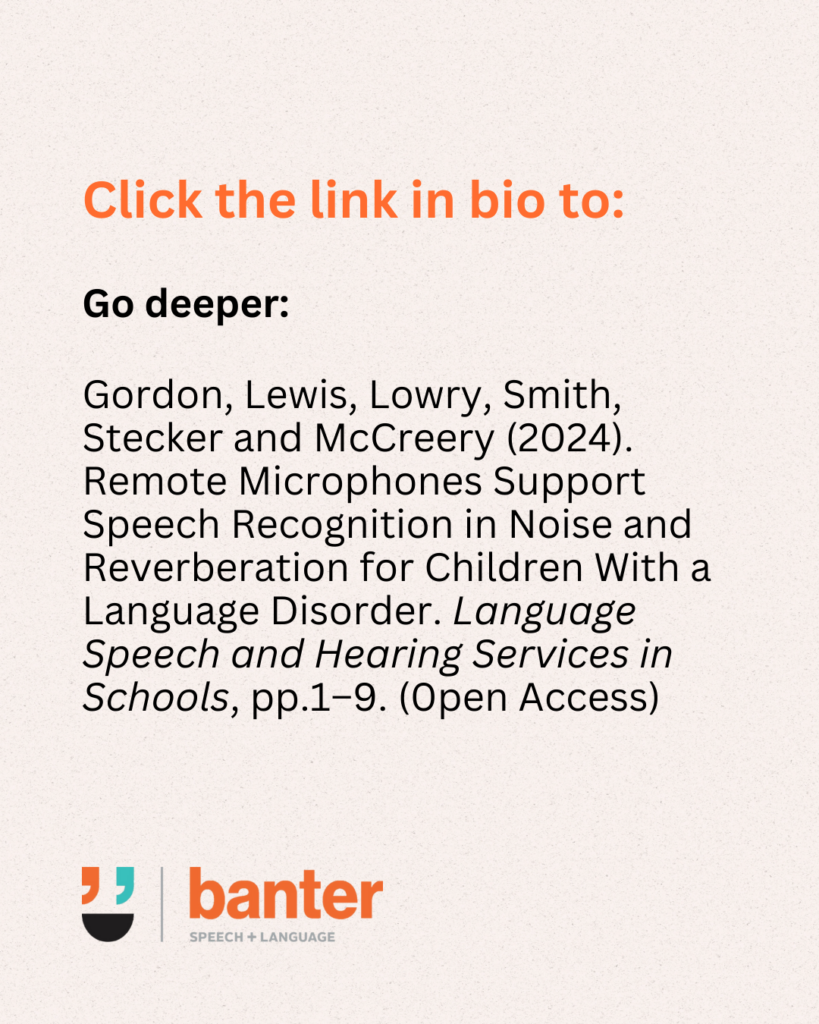
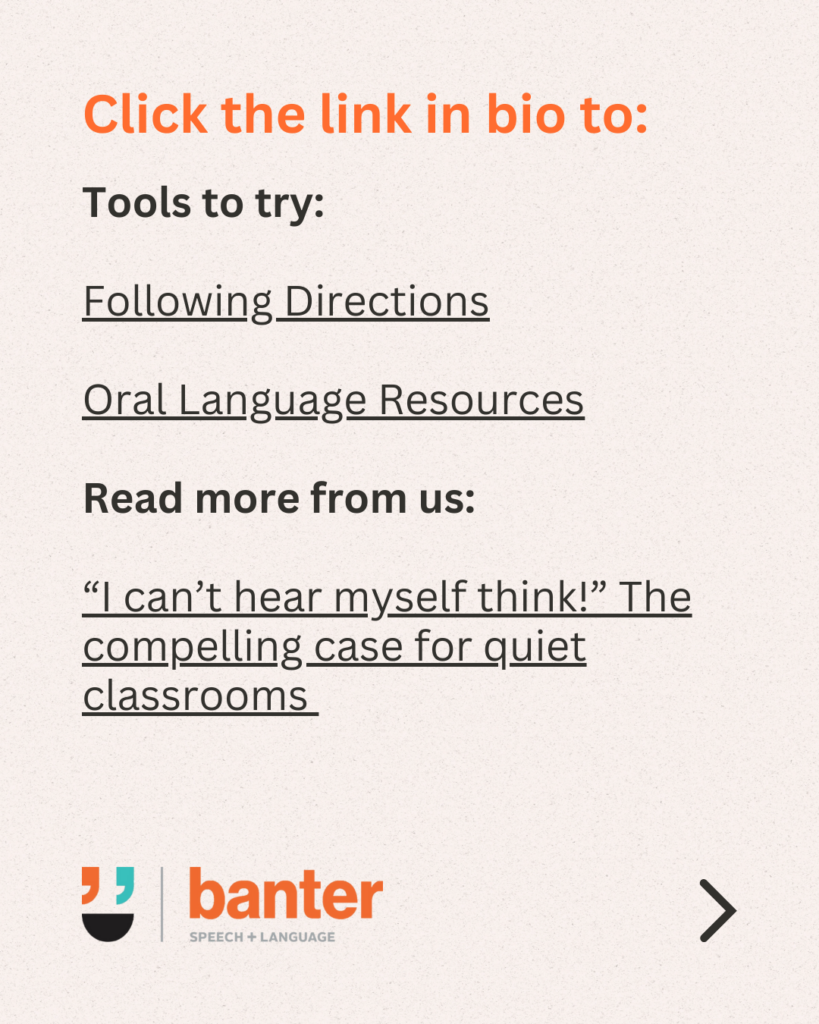

Hi there, I’m David Kinnane.
Principal Speech Pathologist, Banter Speech & Language
Our talented team of certified practising speech pathologists provide unhurried, personalised and evidence-based speech pathology care to children and adults in the Inner West of Sydney and beyond, both in our clinic and via telehealth.



